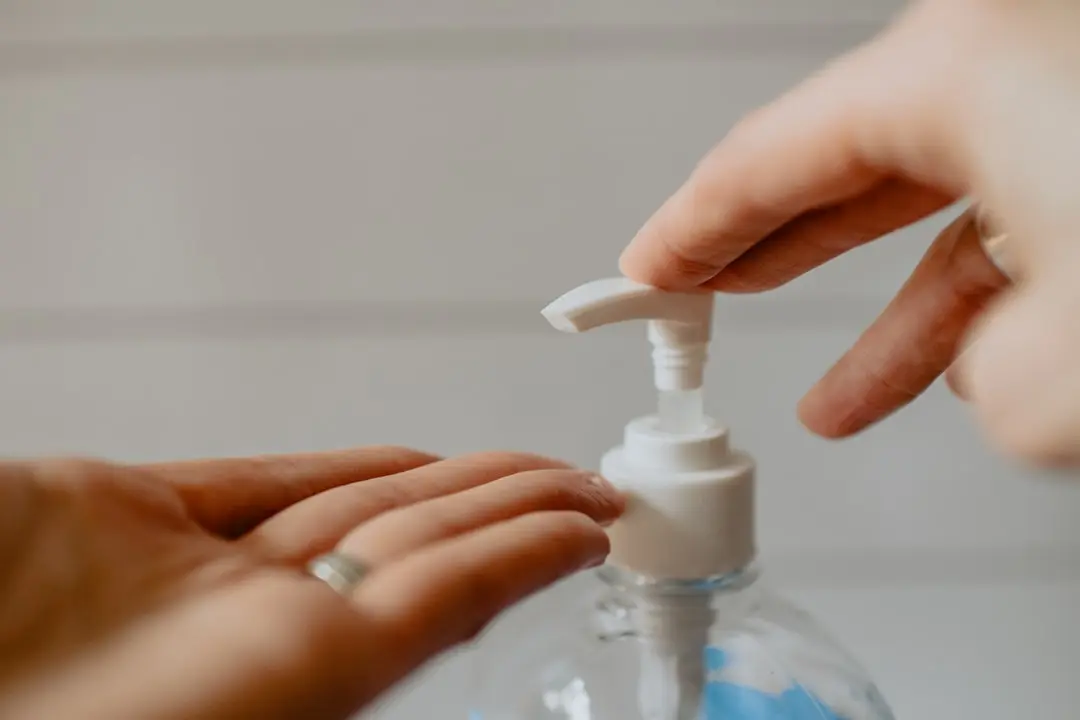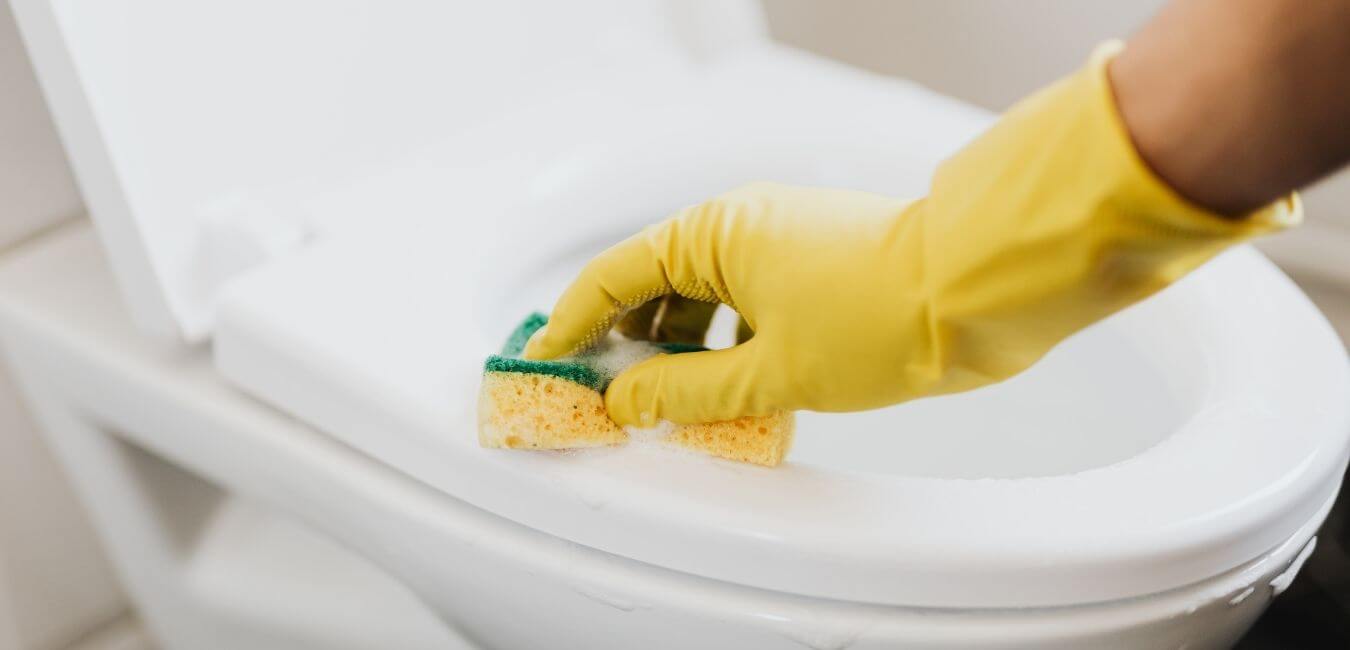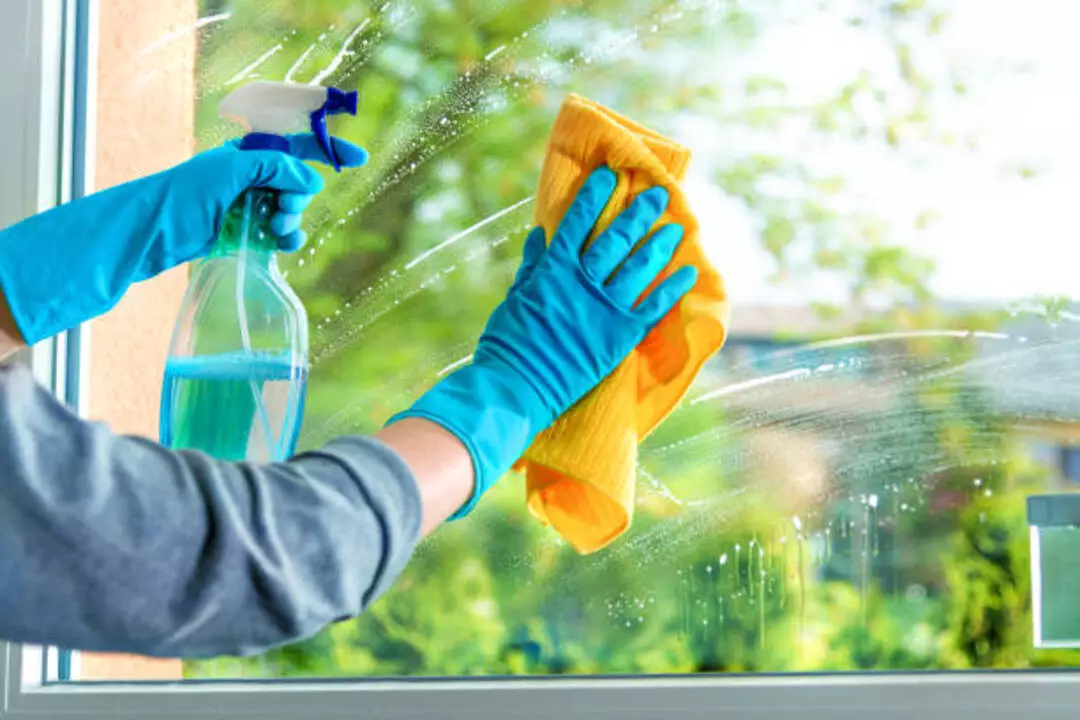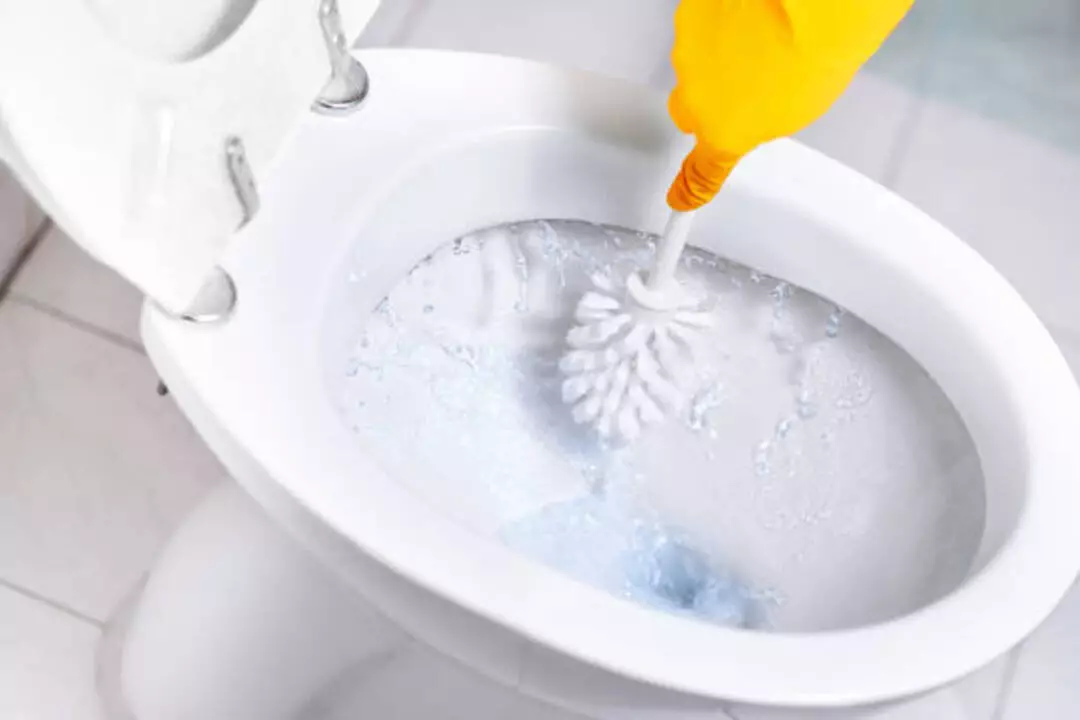Are you struggling with allergies and seeking methods to improve your indoor air quality? Studies show that adopting effective dusting techniques can greatly reduce allergens such as dust, mold, pollen, and pet dander in the home.
This article will guide you through simple steps to dramatically minimize these triggers, resulting in a healthier home environment. Ready for relief? Let’s dive into the world of efficient dust management!
KEY INFORMATION
- Effective dusting techniques, such as cleaning from top to bottom, using damp cloths or microfiber cloths, and vacuuming with a HEPA filter, can greatly reduce allergens in the home.
- Keeping windows closed and using air conditioning helps filter out outdoor pollen and pollutants, improving indoor air quality and reducing allergy symptoms.
- Limiting clutter in the home reduces places for dust to accumulate and minimizes hiding spots for allergens like dust mites and pet dander.
- Washing bedding regularly in hot water kills dust mites and removes their allergenic waste, reducing the risk of allergic reactions.
Common Allergens in the Home

Dust mites, pet dander, pollen, mold, and cockroaches are all common allergens found in homes.
Dust mites
Dust mites are tiny bugs. You can’t see them without a microscope, but they live in your home. They thrive on the dead skin cells that we all shed each day. Dust mites tend to live in bedding, mattresses, and upholstered furniture.
A lot of dust means a lot of dust mites. These little pests may trigger allergies in some people. Keeping your house clean is key to controlling dust and keeping these critters away from your home.
Pet dander
Pet dander, the tiny flecks of skin shed by animals, can be a significant allergen in the home. If you have pets, it’s important to take steps to control and reduce pet dander to improve indoor air quality.
Regularly brushing and bathing your pets can help minimize the amount of dander they release into the air. It’s also helpful to keep them off furniture and out of bedrooms as much as possible.
Vacuuming carpets and upholstery regularly with a vacuum cleaner that has a HEPA filter will help remove pet dander from your home. Additionally, washing bedding and blankets that your pets come into contact with on a weekly basis can greatly reduce allergens in your home.
Pollen
Pollen is a common allergen that can cause sneezing, a runny nose, and itchy eyes. It comes from plants and can be carried indoors through open windows or on clothing. To reduce pollen in your home, keep windows closed during peak pollen times and use air conditioning instead.
Regularly dust and vacuum to remove any lingering pollen particles. It’s also helpful to wash bedding in hot water to eliminate any pollen that may have been collected there. By taking these steps, you can minimize exposure to pollen and improve indoor air quality for better allergy relief.
Mold
Mold is another common indoor allergen that can cause respiratory issues. It thrives in damp and humid environments, so it’s important to keep your home dry and well-ventilated to prevent mold growth.
Dusting regularly can help remove any mold spores that may have settled on surfaces. Use a damp cloth or microfiber cloth to wipe away the mold, as dry dusting can cause the spores to become airborne.
If you notice any areas with visible mold growth, clean them promptly with a bleach solution or call a professional for assistance. Taking these steps can help reduce exposure to mold and improve indoor air quality in your home.
Cockroaches
Cockroaches are not just pesky insects, but they can also contribute to poor indoor air quality and allergies. These critters produce allergens that can trigger asthma symptoms and cause allergic reactions in some people.
To reduce the presence of cockroaches in your home, it’s important to keep your kitchen clean and free from food debris or crumbs that may attract them. Sealing any cracks or openings in walls and floors can help prevent them from entering your home.
Regularly emptying trash cans and cleaning up spills promptly will also discourage their presence. By taking these steps, you can improve the overall cleanliness of your home and minimize the risk of cockroach-related allergies.
The Importance of Effective Dusting for Allergy Relief

Effective dusting is crucial for allergy relief as it helps to reduce the amount of allergens in the home and prevent allergy symptoms.
Reducing the amount of allergens in the home
To reduce the amount of allergens in your home and improve indoor air quality, there are several steps you can take. First, keep a clean house by regularly dusting surfaces, vacuuming carpets and upholstery, and mopping floors.
This helps to remove dust mites, pet dander, pollen, mold spores, and other allergens that can trigger allergies. Additionally, washing bedding in hot water weekly can help kill dust mites and further reduce allergy symptoms.
It’s also important to limit clutter, as it can collect dust and make cleaning more difficult. Finally, consider using an air purifier with a HEPA filter to help capture airborne allergens and improve overall indoor air quality.
Preventing allergy symptoms
To prevent allergy symptoms, it’s important to take steps to reduce the allergens in your home. Dust mites, pet dander, mold, pollen, and other allergens can trigger sneezing, coughing, and itching.
Start by keeping a clean house; regularly dust and vacuum to remove dust particles and pet hair. Make sure to wash bedding weekly in hot water to kill dust mites. Keep windows closed and use air conditioning instead of opening them to keep pollen out.
And don’t forget about your furry friends; bathe them frequently to reduce pet dander in the home. By taking these simple steps, you can help prevent allergy symptoms and improve indoor air quality.
Tips for Effective Dusting

Clean from top to bottom, starting with high surfaces such as shelves and ceiling fans, and work your way down to the floor.
Clean from top to bottom
To effectively dust your home and reduce allergies, start by cleaning from top to bottom. This means starting with higher surfaces like shelves, ceiling fans, and light fixtures before moving down to lower surfaces like tables and floors.
By doing this, you prevent any dust or allergens from falling onto areas that you have already cleaned.
Cleaning from top to bottom helps remove the maximum amount of dust and allergens from your home. Dust particles can settle on various surfaces over time, so it’s important to start at the highest point and work your way down.
Use a damp cloth or microfiber cloth when cleaning to trap the allergens instead of just spreading them around.
Remember that vacuuming is more effective than sweeping or dry dusting because it captures more allergens in its filters. Be sure to use a vacuum cleaner with a HEPA filter for better air quality.
Additionally, consider using an air purifier or air conditioner with a good filter system to help clean the air as well.
Use a damp cloth or microfiber cloth
To effectively remove dust and allergens while dusting, use a damp cloth or microfiber cloth. These types of cloths are excellent at trapping dust particles rather than spreading them around.
A damp cloth can also help to prevent the dust from becoming airborne, reducing the risk of inhalation and allergy symptoms. By using this method, you can ensure that you are effectively cleaning surfaces without agitating allergens in the air.
Avoid scented cleaners
Scented cleaners may smell nice, but they can actually worsen your allergies and indoor air quality. These cleaners often contain harsh chemicals and artificial fragrances that can irritate your respiratory system and trigger allergy symptoms.
Instead, opt for unscented or fragrance-free cleaning products that are specifically designed for allergy sufferers. These products are less likely to cause irritation and are safer for those with sensitivities.
By avoiding scented cleaners, you can effectively clean your home without worsening your allergies or compromising the air quality in your living space.
Vacuum instead of sweeping or dry dusting
To effectively reduce allergens and improve indoor air quality, it’s better to vacuum rather than sweep or dry dust. When you sweep or dry dust, particles can become airborne and easily spread around your home, causing allergies to flare up.
Vacuuming with a high-efficiency particulate air (HEPA) filter can help trap and remove these allergens from carpets, rugs, upholstery, and hard-to-reach areas. This method is especially important for reducing dust mites and pet dander that often settle deep into fabrics.
By regularly vacuuming with a HEPA-filtered vacuum cleaner, you can significantly minimize the amount of allergens in your home and create a healthier environment for everyone.
Clean the air with an air purifier or air conditioner
To improve your indoor air quality and reduce allergies, consider using an air purifier or air conditioner. These devices help clean the air by filtering out allergens like dust, pollen, pet dander, and mold spores.
Air purifiers with HEPA filters are especially effective at trapping small particles that can trigger allergy symptoms. By running an air purifier or keeping the air conditioning on, you can create a cleaner and healthier environment in your home.
It’s important to regularly clean and maintain these devices to ensure they work properly in removing allergens from the air you breathe.
Other Tips to Reduce Allergens in the Home

To further reduce allergens in your home, make sure to keep windows closed and use air conditioning to filter out outdoor pollen and pollutants.
Keep windows closed and use air conditioning
To reduce allergens in your home, it’s important to keep your windows closed and use air conditioning. Opening windows allows pollen and outdoor allergens to enter your home, which can trigger allergies.
By keeping the windows closed and using air conditioning instead, you can create a controlled indoor environment with clean air. Air conditioning helps filter out allergens from the outside air, improving the overall indoor air quality and reducing allergy symptoms.
Limit the amount of clutter
To reduce allergens in your home and improve indoor air quality, it’s important to limit the amount of clutter. Keeping your living space tidy and organized can help prevent dust from accumulating on surfaces.
Dust can settle on objects and contribute to poor indoor air quality. By decluttering regularly, you can minimize the places where dust settles and make it easier to clean effectively.
Removing unnecessary items also reduces hiding spots for allergens like dust mites and pet dander. So, take some time to declutter and create a cleaner environment that promotes better respiratory health.
Wash bedding regularly in hot water
To reduce allergens and improve indoor air quality, it’s important to wash your bedding regularly in hot water. This helps kill dust mites and remove their allergenic waste from your sheets, pillowcases, and blankets.
Dust mites are a common trigger for allergies and can cause symptoms like sneezing, itching, and coughing. By washing your bedding weekly in hot water (130°F or higher), you can effectively eliminate these tiny pests and reduce the risk of allergic reactions.
Remember to use a mild detergent that is perfume-free to avoid any additional irritants.
Bathe pets frequently
To help reduce allergens in your home, make sure to bathe your pets regularly. Pet dander can be a major source of allergies, especially for those with sensitivities. Giving your furry friends a good wash helps to remove the allergens from their fur and skin, preventing them from spreading around the house.
Remember to use pet-friendly shampoos and thoroughly dry them afterward. By keeping your pets clean, you can improve indoor air quality and minimize allergy symptoms caused by pet dander.
Conclusion and final thoughts
In conclusion, effective dusting methods are crucial for reducing allergies and improving indoor air quality. By regularly cleaning from top to bottom, using damp cloths or microfiber cloths, vacuuming instead of sweeping, and utilizing air purifiers, you can significantly reduce the amount of allergens in your home.
Additionally, implementing other habits like keeping windows closed, washing bedding regularly in hot water, and bathing pets frequently will further decrease allergen levels. Remember, taking these steps can greatly improve respiratory health and overall well-being.
So start dusting today for a cleaner and healthier home!
FAQs

1. What are effective dusting methods for reducing allergies?
Effective dusting methods for reducing allergies include proper vacuuming techniques, controlling pet dander, and using good mold prevention practices to improve indoor hygiene.
2. How can I control indoor allergens?
You can control indoor allergens through regular dust removal, pollen reduction procedures, and maintaining a clean environment less prone to dust mite growth.
3. Why is it crucial to reduce allergies in my home?
Reducing allergies improves your health by preventing asthma triggers like mold and pollen, hence improving the quality of your indoor air.
4. Can these dusting methods remove animal dander?
Yes! Effective dusting not only helps with general allergen reduction but also controls pet dander which may cause severe allergic reactions indoors.
5. Is there a connection between improved air quality and allergy control?
Yes indeed! By applying effective dust control strategies and allergen control measures around your house; you greatly lower the risk of both indoor air pollution and triggering common household allergies.











